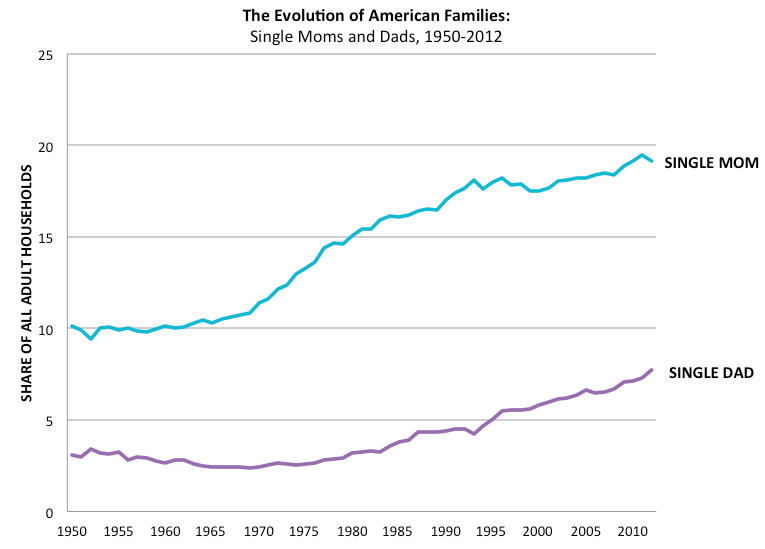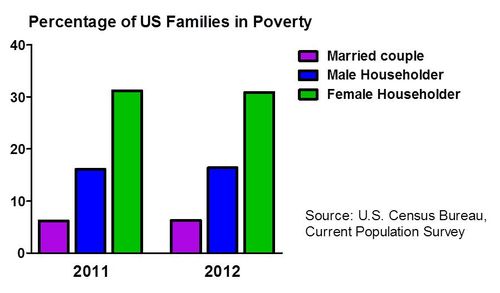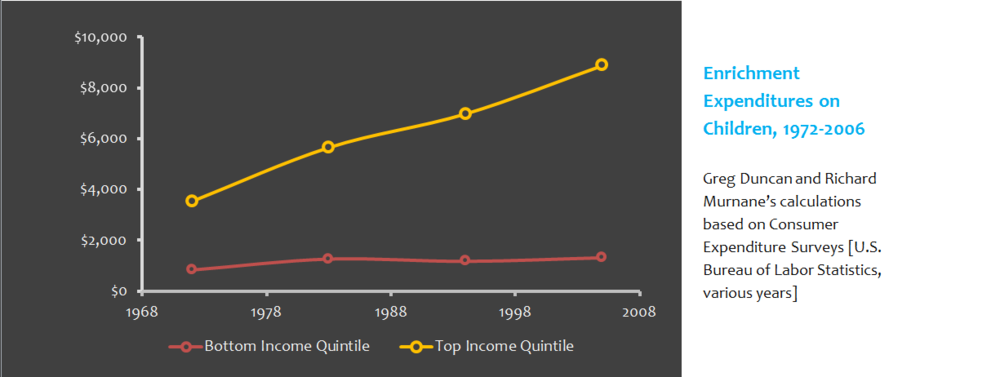The distinguished Harvard Professor and author Robert Putnam gave a talk at UC Irvine on The American Dream in Crisis.
On his website http://robertdputnam.com/ you can see his new book titled “OUR KIDS The American Dream in Crisis”
Prof. Putnam is a member of the National Academy of Sciences and the British Academy, and past president of the American Political Science Association.
I didn’t take notes, so this is a summary of his main points. (Parenthetical comments are my own.) I have included some graphs that relate to his points, but only one of them was in his lecture, and that one is from whitehouse.gov.
Income inequality has increased, but the lower half of income earners has not grown over decades. People are not terribly upset by this, as long as the American Dream remains intact.
The American Dream is a part of our national heritage, that all children have equal opportunities for success. His main point its that this is now far from being true, and in many aspects that many are not even aware of (I wasn’t).
Although we are less racially separated, we are more separated by income in residential areas, in schools, and socially.
A deeper main topic is the development of the childhood brain depends on interactions with parents, and on activities that kids are exposed too. There are more single parent families these days. (This is enhanced among racial minorities, but also among whites as well.)
Single parent families are more likely to be below the poverty level, partly because they do not have two incomes.
This means parents of low income spend less time with children in activities such as reading or any type of useful interaction. (This is also going to show up in preschool activities that cost money.) (Data shows a gap already for children of poor or single parents when the children enter kindergarten.)
Once in school, sports, music, and other
Extracurricular activities provided by the schools are now on a “pay to play” basis. (Outside of school music lessons and sports teams and camps are also expensive, and not affordable to poor parents. They also involve parents having time to transport kids to.) This means that poor kids are inexperienced in teamwork.
Enrichment expenditures have increased among the top income quintile, but have stayed flat at a very low value among the lowest income quintile.
Another main point connected with those above is that poor kids are essentially alone. They are less likely to go to church and be mentored or involved there. All of their interactions are important in developing their brains and in social education.
His talk contained several touching stories in interviews with children from poor families and their histories. The key points of high school graduation and the ability to go to college had the most profound effect on the children’s future work and their abilities to achieve the American Dream. These were severely hampered by the development deficiencies of families in poverty.






